Warning signs and how to spot a good restaurant in the wild
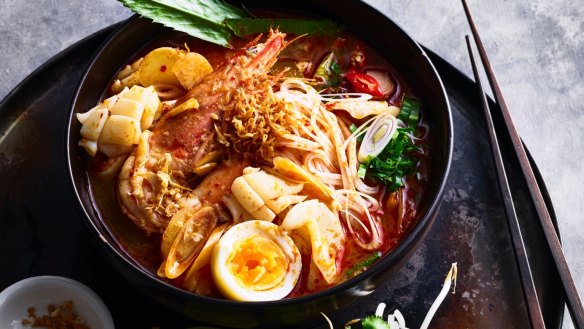
So you're in a strange town or suburb and you want to go out to eat. Are there any guidelines you might follow to avoid accidentally dropping into the worst eatery in the neighbourhood?
An excellent choice of question, if I might say so, sir or madam. Over recent decades I've been compiling and refining a set of principles that will be precisely what you need. My original list, published in The Sydney Morning Herald in the mid-1980s, began with "never eat in a restaurant that revolves or floats" and "a restaurant with an accordionist is unlikely to be good". One of those is still relevant.
I was inspired to start this project by the American food writer Calvin Trillin. He lamented then that when you're travelling and you ask hotel receptionists to recommend an interesting local restaurant, they send you to tourist traps – steel and glass boxes spinning around on the top of skyscrapers or fake wood cottages with names like "Maison de la Casa House Continental cuisine".
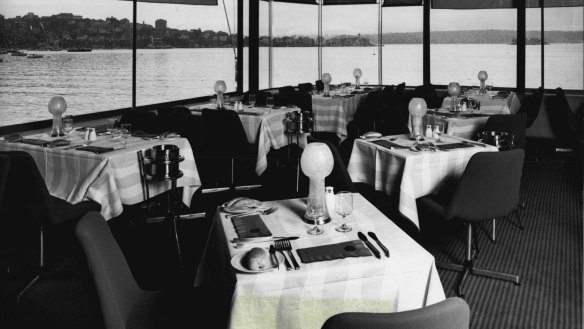
Trillin was particularly down on the word "continental". His rules of thumb included: "If a restaurant says it offers 'Continental cuisine', inquire which continent they are referring to, and be wary if the continent is Australia."
That was needlessly offensive, even in the days before Australia was a gastronomic powerhouse, so I decided to develop my own set of questions.
My list was designed primarily for Australians travelling within Australia, but I like to think most of the guidelines work equally well overseas.
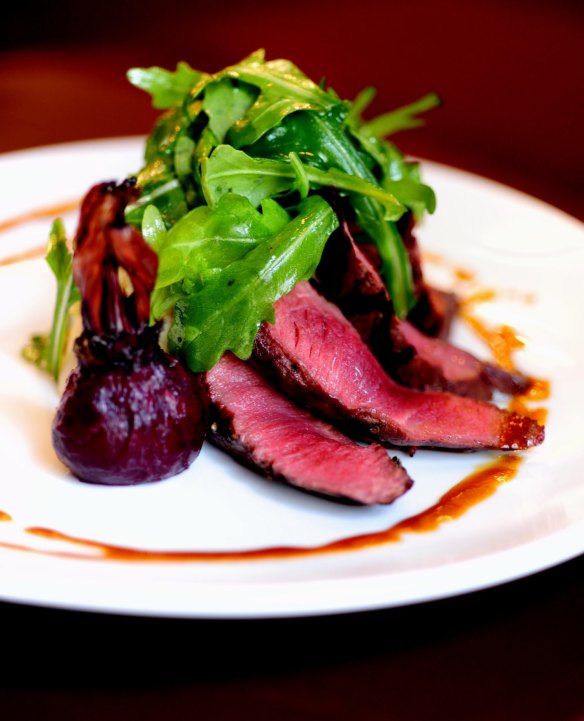
When I'm travelling, I divide the world into Spontaneous countries and Research countries. Spontaneous countries have a culture of caring about the pleasures of the table, so visitors benefit from what the locals take for granted. You can drop into almost any eating place and be confident of getting a meal that is at least interesting. Examples are France, Italy, Spain and Thailand.
Research countries have a history of perceiving food as fuel, designed simply to build up strength for work. A visitor needs to do a lot of homework to find good cooking there. Examples are Britain and the US.
Australia is in the process of transitioning from a Research Country to a Spontaneous Country, at least in Sydney, Melbourne and Adelaide. But the restaurant guidelines are still vital accessories for any traveller, as much as they were when I first attempted them in the mid '80s.
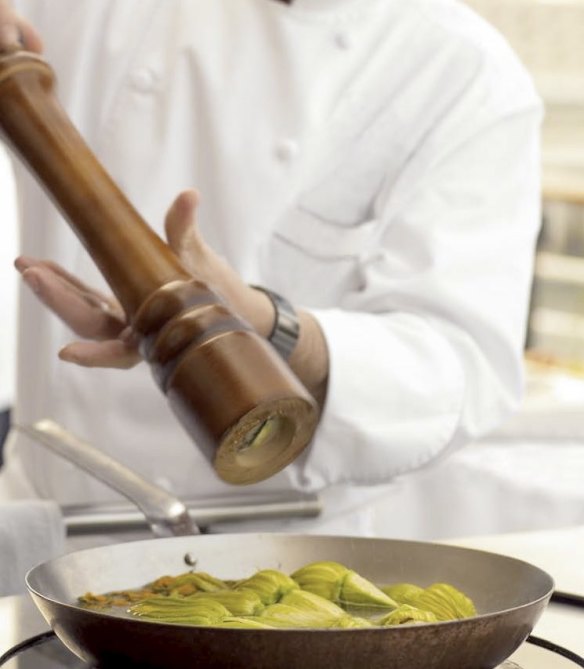
When I look back over the way the list has changed over the decades, I realise the guidelines are a way of mapping the rapid evolution in the public eating habits of Australians.
The original list
The 1980s version contained these generalisations:
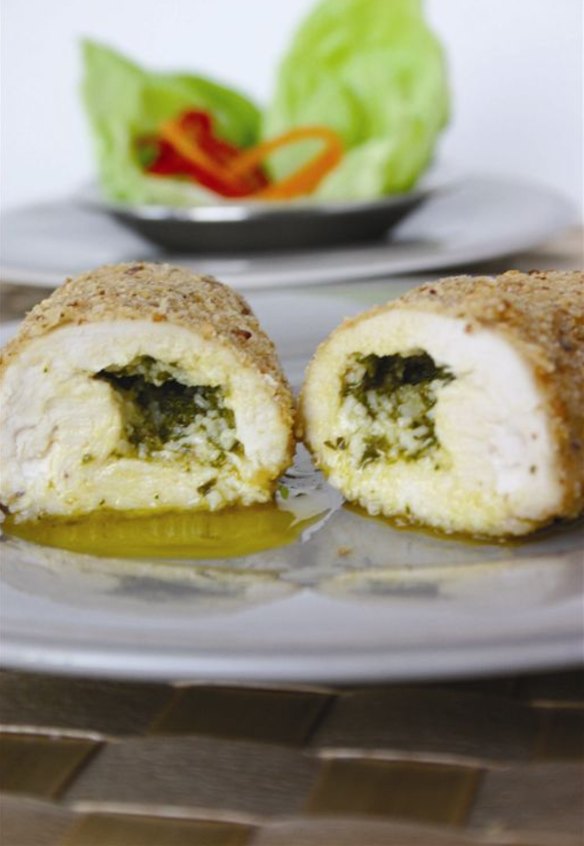
■ There is no such thing as a good Mexican restaurant in Australia.
■ There is no such thing as a bad Thai restaurant in Australia (though some are less good than others).
■ Greek food is better outside Greece than inside Greece – but not much better.
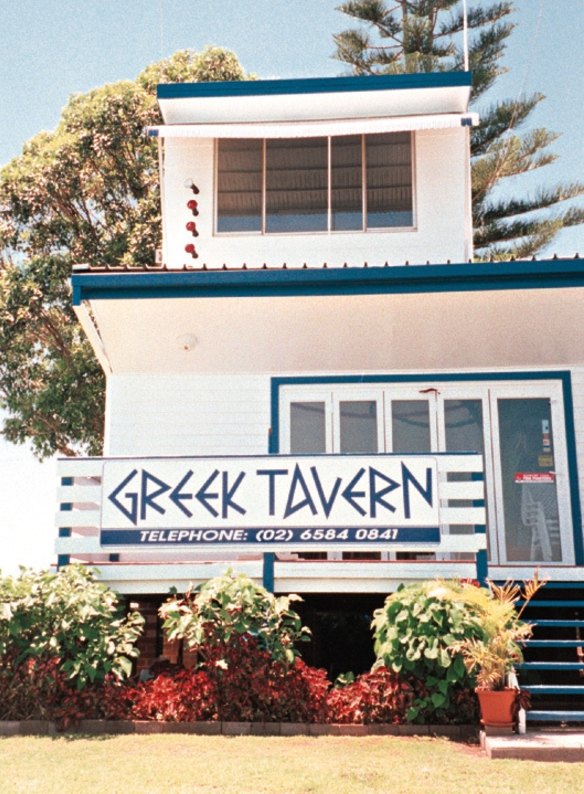
■ Never eat in a restaurant more than 20 metres above the ground.
Those principles provoked a strong reaction from readers. Many wrote to tell me about their favourite purveyors of enchiladas and souvlaki and pad see ew, and I ate out assiduously to check their suggestions. I found some decent Greek and Mexican-ish places and a few Thai restaurants that were not particularly good, mainly because they undercooked their onions.
You'll see what became of those principles in the 2019 list (below).
The 1995 revision
Ten years later I did a new list, enhanced by contributions from listeners to my ABC breakfast show. It included:
■ Restaurants that advertise themselves as "wine, dine and dance" are likely to disappoint on all counts.
■ A restaurant that offers karaoke is unlikely to be great, but that will become less significant as the night goes on.
■ Serving kangaroo is no longer a guarantee that a restaurant is adventurous, but serving kangaroo with beetroot is.
■ A restaurant serving emu is likely to be more concerned with trendiness than with taste.
■ A restaurant offering "surf'n'turf", "chicken kiev", "black forest gateau", "cordon bleu", "weiner schnitzel" and more than three variations on frozen lobster is unlikely to be state of the art, unless it is trying to be "retro" or "ironic" (but eating with your tongue in your cheek does not improve the flavour).
Our assumption at the time was that kangaroo would become as normal a part of the Australian diet as beef or lamb (except more healthy and less damaging to the ecosystem). That has not come to pass. There's no point in even mentioning roo or emu on the new list. And karaoke is sooo 1995, at least with food.
Such gripes couldn't really go on my list of warnings because you would need to be inside the restaurant to experience them. And while designer crockery, dressings in sachets, and needy waiters might be annoying, they are not sufficient reasons to get up and leave if you're already seated.
The 2004 revision
By the mid-noughties, these new principles had become relevant:
■ Any dish described in a mixture of more than three languages is unlikely to be good.
■ A menu that uses more than 20 words to describe each dish may signify a kitchen lacking in confidence.
■ Restaurants with coloured neon lighting inside are likely to be bad, especially mauve.
■ A lot of trucks parked outside a country restaurant is a good sign in France and a bad sign in Australia.
■ A wine that costs $75 a bottle is unlikely to taste much better than a wine that costs $45 a bottle, especially if it's your second bottle.
■ Lots of cigarette butts on the footpath outside a restaurant (or worse, outside the kitchen door) may suggest a lack of care by the management.
Apparently, neon lighting was a thing back then. And smokers being required to go outside.
But all these years later, we needed many more changes.
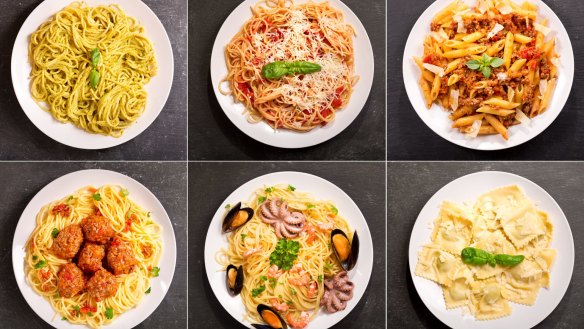
The List for 2019 – organic, sustainable, free range, line-caught and locally sourced.
1. Never eat in a restaurant that revolves or floats.
2. A restaurant with a pepper grinder on every table is likely to be good (as opposed to a restaurant where the waiters thrust a metre-long pepper grinder into your ear).
3. The longer the menu, the lesser the quality – except in Chinese restaurants.
4. A restaurant in which one wall is covered with signed black and white photographs of celebrities is unlikely to be state of the art, even if one of the celebrities is Kyle Sandilands.
5. A restaurant where the waitstaff are required to wear archaic costumes is unlikely to be state of the art. Particularly pirates. And medieval serving wenches.
6. Never eat in a restaurant that is recommended in any free publication you find in your hotel room – even if the ad for the restaurant appears on a different page from the recommendation.
7. Restaurants that advertise themselves as "dinner and a show" could now actually be fun.
8. Given the choice between a Mexican restaurant and a Thai restaurant, and in the absence of other information, go Thai. Unless you are in Mexico.
9. Restaurants more than 100 kilometres from the coast are unlikely to specialise successfully in seafood.
10. A restaurant that offers a "two-for-one deal" on a piece of paper handed to you in the street is unlikely to be state of the art.
11. A recommendation on Tripadvisor that is expressed in the same language as the restaurant's advertising should be treated with caution. Especially if that language appears again in three further recommendations.
12. A restaurant that is part of a chain promoted by a celebrity chef is unlikely to have enthusiastic service (and also unlikely to be there the next time you're in town).
13. Never eat in a restaurant that has a souvenir shop attached.
14. A restaurant with a pun in its name and puns all over its menu may take its cooking equally seriously – except for Thai restaurants, where a pun in the title is mandatory.
15. Restaurants that display their menus outside (or online) are likely to be more interesting than those that don't (and also make the application of the next few guidelines much easier).
16. The number of spelling errors on a menu is inversely proportional to the quality of the cooking.
17. When it takes longer to read the menu's description of a dish than to actually eat the dish, expect the food to be overpriced and underflavoured.
18. A restaurant where one form of produce is chemically manipulated to look like a different form of produce is likely to be overpriced and underflavoured.
19. The appearance of the word "authentic" before a dish's ethnicity does not necessarily mean that anybody of that ethnicity is in the kitchen.
20. The appearance of the word "northern" in front of a cuisine's nationality may mean only that the food has less garlic or less chilli; the word "modern" before the nationality may mean only that the servings are smaller.
21. A restaurant that lists four pasta shapes in one column and four sauces in another column, and invites you to "mix 'n' match", is unlikely to be run by an Italian.
22. Restaurants that have lots of daily specials are likely to be interesting, but only if the specials are listed on a blackboard or a sheet of paper, so you don't have to remember the waiter's recitation.
23. Look through the window. If you see that every plate is decorated with dots, smears, skidmarks, and/or tiny flower petals, you are likely to leave hungry.
24. A restaurant so dimly lit that everything on the plate looks the same colour is likely to have something to hide.
25. If you smell truffle oil as soon as you enter a restaurant, turn around and go out again – unless you wish to time-travel back to the '90s.
David Dale is a former editor of The Good Food Guide and teaches media at the University of NSW. If you'd like to add to these rules, or debate them, David Dale would love to hear from you – thetribalmind@gmail.com.
Restaurant reviews, news and the hottest openings served to your inbox.
Sign up